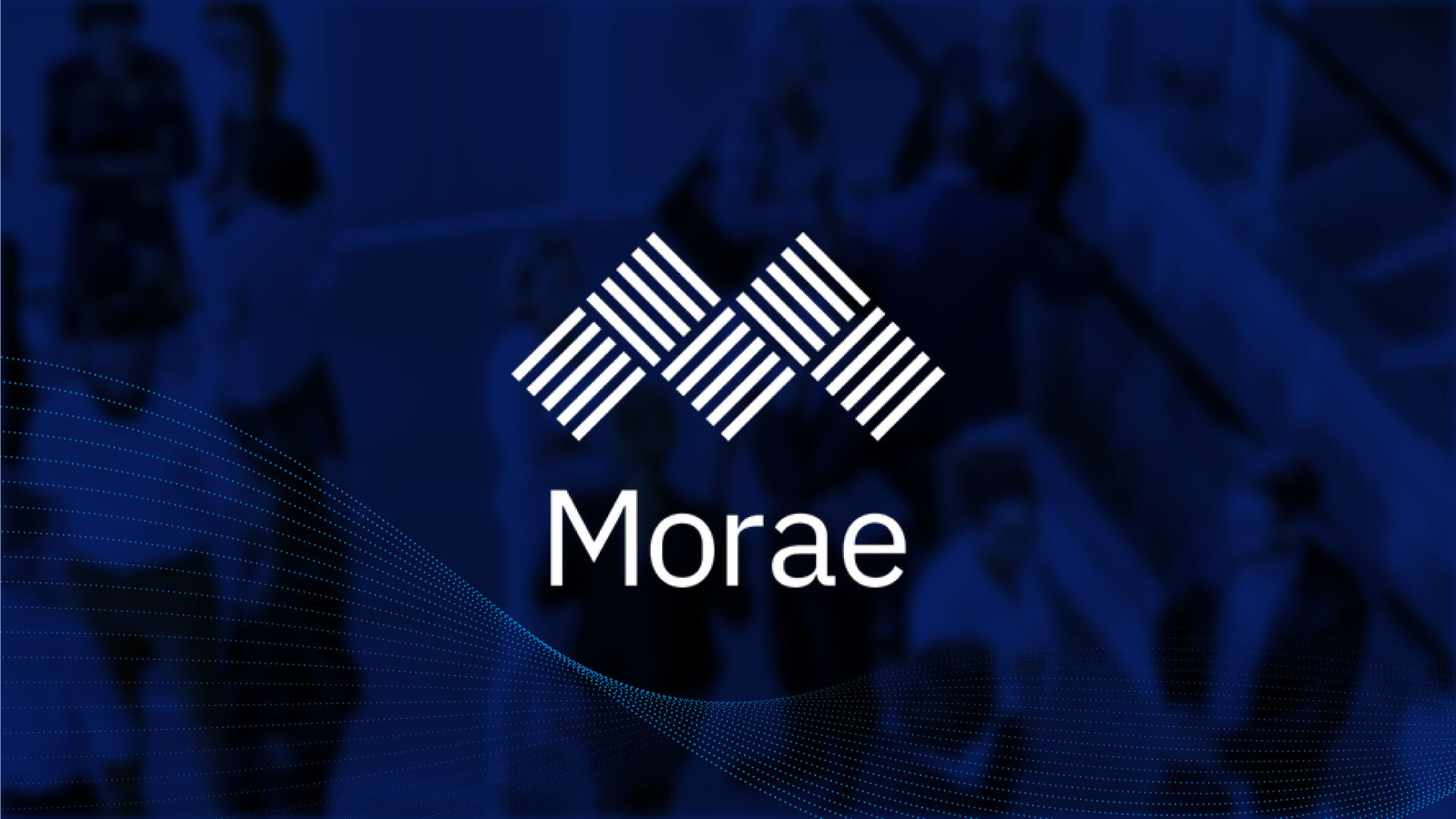
When it comes to European matter management solutions, Legal organizations across the continent know that current options on the market just cannot measure up. As the needs of the legal organization grow into the spend management realm — extending beyond pure matter management for Legal in Europe — departments need a complete, robust ELM (Enterprise Legal Management) solution to match that growth.
Too often, the options for these organizations consist of either disparate systems or “point” solutions for either matter management or spend management with varying levels of sophistication and maturity. These “out-of-the-box” European matter management products offer limited or minimal configurability and require tiresome duplication of data when not integrated with a spend management system. As a result, reporting and analysis of data needs consolidation and exporting from two different places. That’s a mixture that results in significant challenges. Beyond the constant need for synchronization, this process is prone to errors — and requires constant, time-consuming manual data manipulation to ensure accuracy.
The European matter management market deserves a better solution than the ones out there. The good news? That a complete ELM solution is on the way.
Onit Matter Management + BusyLamp eBilling.space Integration
Available in July of 2023, Onit’s Matter Management and BusyLamp eBilling.space integration offers a complete, configurable, and proven ELM solution for European organizations with a single system of records for matter data. It removes the need for data duplication across two systems by offering a single source of truth for users, combining the power of Onit Matter Management with the unique vendor and spend management capabilities of BusyLamp eBilling.space that specifically address the requirements of European corporate legal teams.
The seamless integration provides European legal departments an easy-to-use and complete ELM solution that saves time, reduces errors, and enables streamlined processes. Solution users only enter matter data once; from there, the click of a button synchronizes relevant matters (those related to outside counsel) with the spend management solution. Empowered by Onit Matter Management + BusyLamp eBilling.space, European legal departments can get valuable time back for projects that help to materially grow the organization rather than spending time on the menial tasks of data consolidation, duplication, and proofing.
The comprehensive European ELM solution delivered by Onit Matter Management + BusyLamp eBilling.space will also deliver further innovations in 2023; future additions to the offering will include consolidated reporting and analytics for further organizational insights.
Interested in learning how Onit Matter Management + BusyLamp eBilling.space can help streamline your organization? Schedule a demo here.










